Rowan planting rules and dates, care features
Poetised by the people and shrouded in legends about the magical properties of the common mountain ash is widespread everywhere. It is believed that the mountain ash should be planted near the courtyard as a bright accent of the garden composition and a component of the classic Russian landscape. Due to its catchy alongside, red rowan is an indispensable element of lush ensembles of white birches, other decorative deciduous or low conifers. She is also picturesque as a soloist. The fruits are used in cooking, but more often they become a saving natural barn for wintering birds.
Description
Mountain ash is a frost-resistant shade-tolerant tree or shrub of the Rosaceae family, it grows up to 10 m, the crown width reaches 6 m. The root system is powerful, penetrates deeply into the soil. The rowan has been living for over a hundred years. The tree is decorated with complex-elongated leathery leaves, which consist of small pointed leaves: bright green in summer, yellow-crimson in autumn. In late spring, the tree is adorned with bouquets of fragrant pink and white or cream flowers. And from the middle of summer until the end of winter - orange-red bunches of berries. The fruits are astringent, sweet and sour, with a bitter aftertaste, rich in vitamins and microelements.
The berries are harvested in August and September. Jam, jams, various desserts are prepared from the fruits. Rowan is widely used as a medicinal plant.
Varieties
Breeders have bred many varieties. There are hybrids obtained by crossing or pollination with the material of apple trees, pears, hawthorn.
- The largest fruits, the size of a cherry, have large varieties of Alai, Sorbinka, Pomegranate.
- Rowan has less berries Titan, Ruby, Nadezhda, Krasavitsa.
- Varieties Rubinovaya, Nadezhda, Vefed, Businka are notable for their low height.
Reproduction
Rowan is propagated in several ways: by seeds, grafting, shoots, layering. Each method has features to consider.
- The seeds grow trees with unpredictable qualities, which begin to bloom and bear fruit later.
- Trees that repeat the properties of the parent form are grown with seeds of such species and varieties as Burka, Nevezhinskaya, Moravian, Finnish, elderberry and some others.
- Mountain ash obtained by crossing is propagated by grafting. They are grafted onto an ordinary mountain ash or hawthorn. The best stock for home rowan is wild pear.
Finnish mountain ash is a favorable material for grafting: it has a powerful root system that penetrates deep into the ground.
Sowing seeds
You can independently prepare seed from the berries.
- Until autumn, the seeds extracted from the berries should be in a moist substrate.
- If the seeds are sown in spring, they are soaked for several hours.
- For sowing red rowan seeds, choose a sunny place.
- Grooves are made in the soil, sprinkled with humus on top, the seeds are buried 1.5 cm.
- Autumn crops are covered with a layer of leaves.
- The next year, the seedlings are transplanted.
After two to three years, a stem is formed from young trees at a height of 80 cm and cuttings of the varieties you like are grafted.
Transplanting wild shoots
If the material for the stock is taken from the forest, the trees are dug deep, because the mountain ash has a well-developed root system. A year later, when the tree takes root, several cuttings are grafted onto it. For efficiency, cuttings of more than one variety are taken.
Advice
You should always carefully remove the shoots from the roots of the mountain ash, on which the grafted cuttings take root. Otherwise, the shoots will take all the nutrients, and the cuttings will die.
Sapling requirements
Young trees should be of high quality: fresh, with good, not dry roots. Buy 1–2-year-old seedlings with the following characteristics:
- 3-4 branches up to 20-30 cm long extend from the central root;
- the bark is even, smooth, without damage;
- there is a conductor and several branches.
Seedlings are transported wrapped in damp cloth or polyethylene.
Advice
If the planting of mountain ash is not only for a decorative purpose, but you want to enjoy fresh vitamin products, they buy different varieties for more effective pollination.
Dates of autumn planting of mountain ash
The period for the timely planting of red rowan trees depends on the climatic conditions of the region.
- In the central regions, the best time is from the second decade of September to mid-October.
- Inhabitants of the northern regions plant mountain ash in September - early October.
- The same terms are acceptable for the Urals and Siberia.
- In the south, planting will be successful in October and early November.
Seat selection
Tall varieties are placed around the perimeter of the site, otherwise the tree will shade other plants. Since mountain ash is winter-hardy, the northern side is often allocated for it.
The plant tolerates shade and sun equally well, loves wet areas, but the occurrence of groundwater should not exceed 1 m.
The best soil for mountain ash is a fertile loam that retains water for a long time, although the tree also grows on less nutritious soils. It develops poorly on alkaline soil, sandy loam must be fertilized. Acidic soils alkalinize - you will need from 200 g to 1 kg of lime or dolomite flour.
Landing
Young trees planted in the fall do better. In the spring, planting is carried out in April, because the mountain ash begins its growing season early.
- Before planting, the leaves are removed, the damaged branches and roots are cut off, the seedling is placed in a clay mash for several hours.
- When planting red rowan in spring, the seedlings are soaked in water for 48 hours.
- A planting hole is dug in dimensions of 0.6 x 0.6 x 0.4 m, retreating from other trees 4-6 m.
- The removed topsoil is mixed with 5-6 kg of compost or humus, 100 g of superphosphate, 25 g of potassium sulfate or 300 g of wood ash.
- Pour in water, then place a seedling and pegs in the middle to support it.
- Covering the hole with earth, make sure that the root collar of the seedling rises 5 cm above the soil.
- The stem is cut from the top by 20-25 cm; ...
- The soil is compacted, watered and mulched.
Young rowan care
After planting, the seedlings are carefully looked after.
- Pruning is done before sap flow. The damaged branches are removed and those that have grown the longest are shortened to the outer bud.
- Water abundantly - 20-30 liters per tree. Up to 4 waterings are carried out per season, if there was not enough natural precipitation. The soil is then covered with mulch. To properly water the tree, you need to pour water into the grooves dug along the diameter of the crown.
- The soil is cleared of weeds.
- Before frosts, the trunk is insulated with dense agrofibre, spruce branches. Snow is being thrown down.
If fertilizers are used during planting, the mountain ash is fed only in the second year, in the spring, by introducing nitrogen means to stimulate the development of the tree. In the third year after planting, the mountain ash is fed three times, sprinkling the soil under the crown with preparations. Then the soil is dug up and watered.
- Before flowering, mountain ash is supported with such fertilizers: 20-25 g of nitrogen and phosphorus, 15 g of potassium preparations per 1 sq. m.
- In July - 10-15 g of phosphorus and nitrogen fertilizers, 10 g of potash.
- At the end of August, potash and phosphorus agents are introduced - 10 g each.
How to care for a mature tree?
Rowan trees, which were grafted with cuttings from different varieties, begin to bear fruit as early as 2–4 years after planting. Rowan ordinary care provides for regular watering during a drought at the rate of 10 liters of water per 1 sq. m crown projection. After watering, the soil should be mulched. Shoots that grow below the root collar are regularly removed. Moreover, the shoots must be cut low, without hemp.If the tree is grafted, cut off the shoots that grow below the graft site.
The mountain ash itself forms a pyramidal crown from branches growing at an acute angle. Therefore, regular pruning prevents thickening and increases the illumination of the crown. Leave only those branches that depart from the central conductor at an angle of 45 degrees or more. Sanitary pruning is carried out in autumn and spring.
The trees are quite resistant to diseases and pests. Rowan leaves and bark are damaged by moths, scoop caterpillars, sawflies, and ticks, against which conventional insecticides are used.
Rowan is smoke resistant and is widely used in landscaping. Its delicate leaves and bright bunches bring a touch of lyricism to the cityscape.
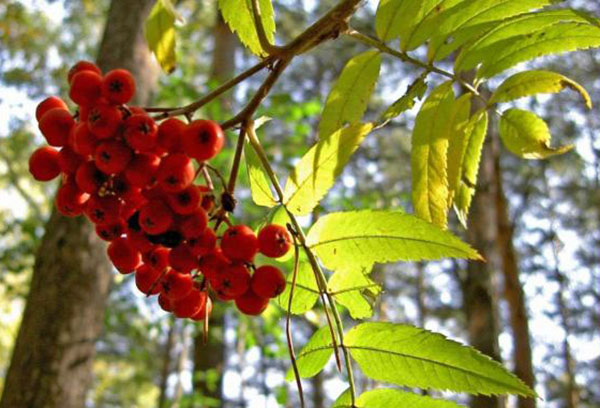
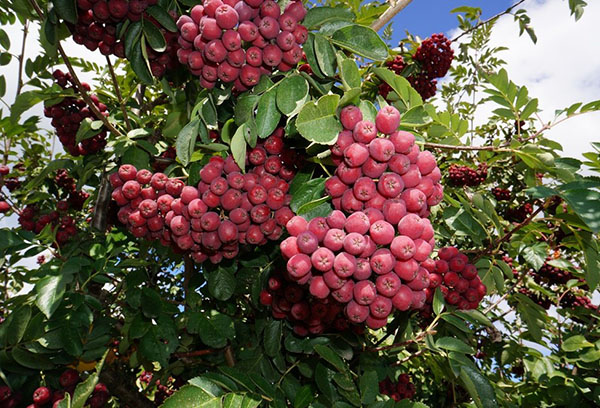

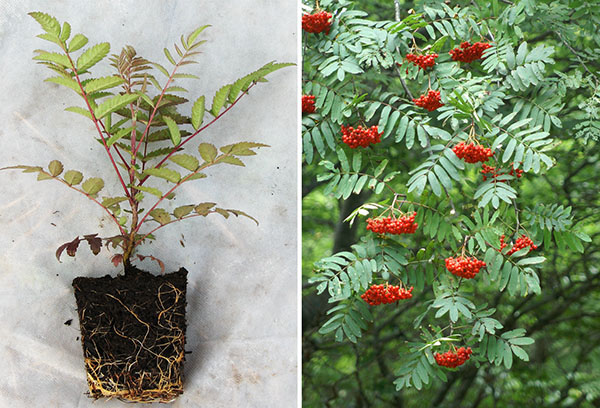
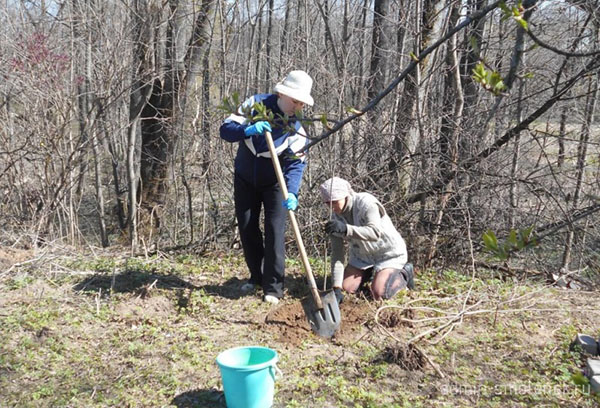

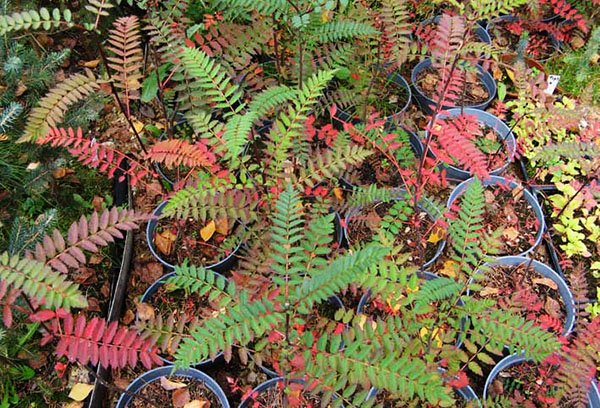


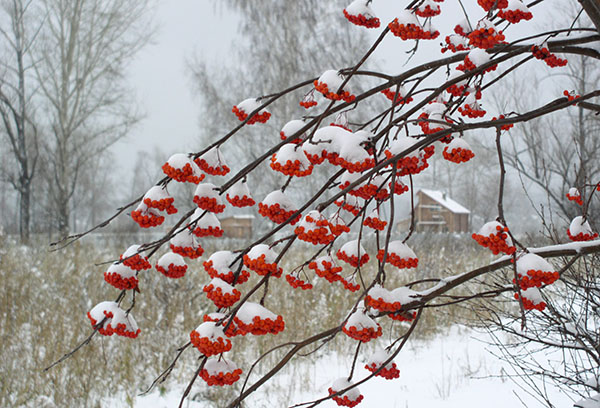
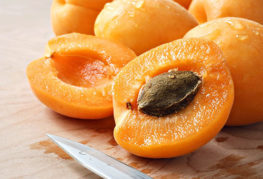

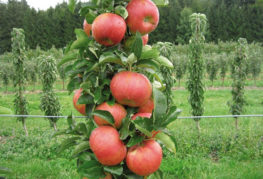
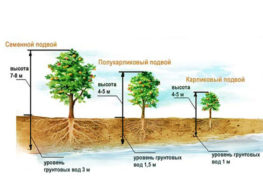
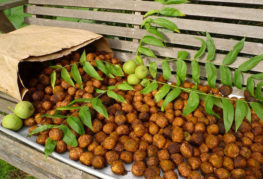
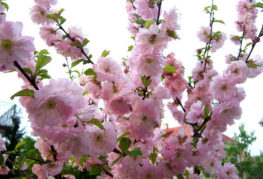
and will be published shortly.